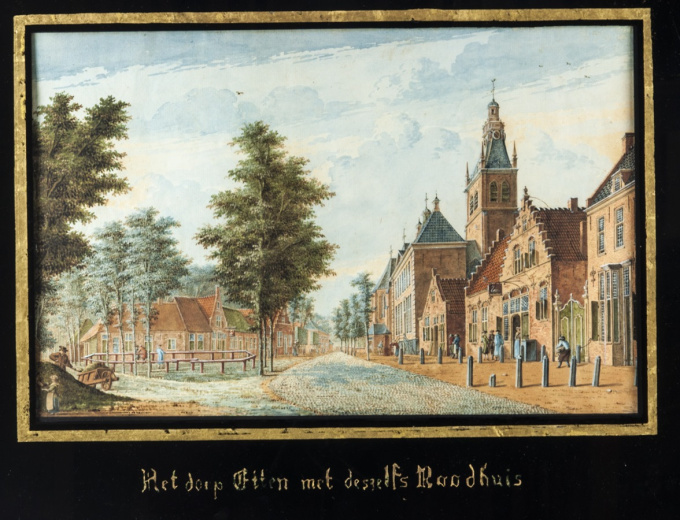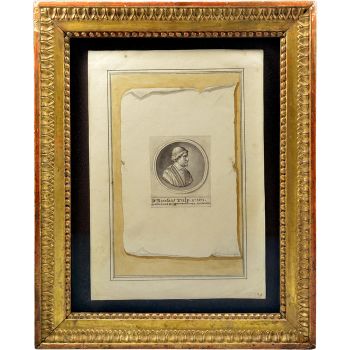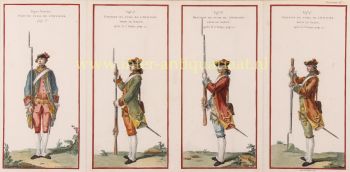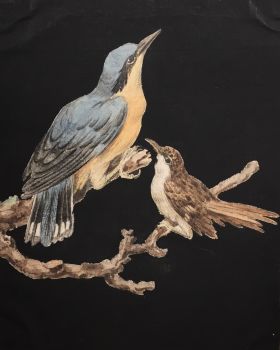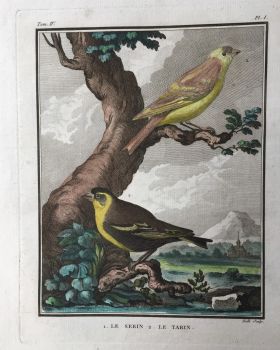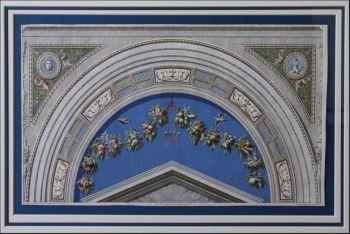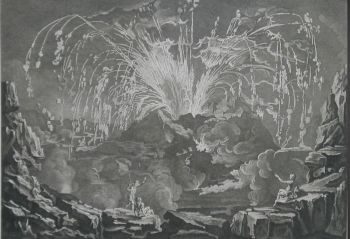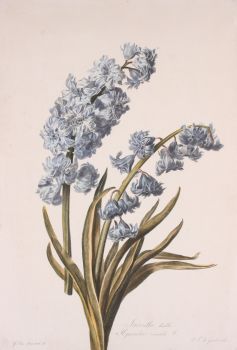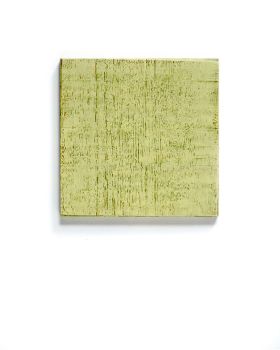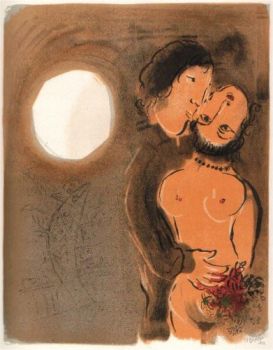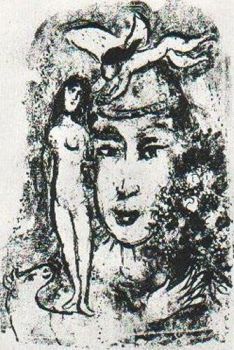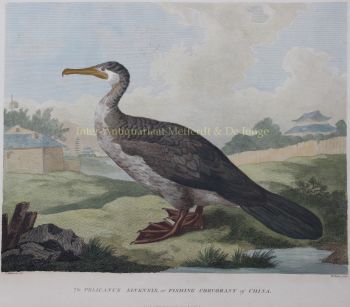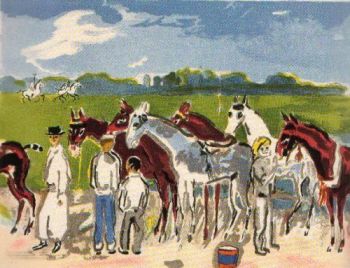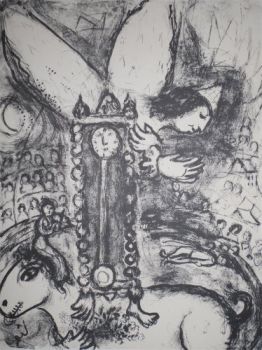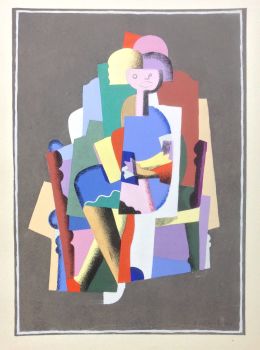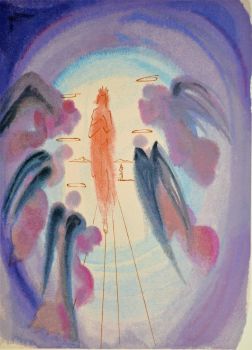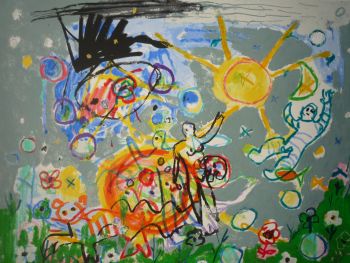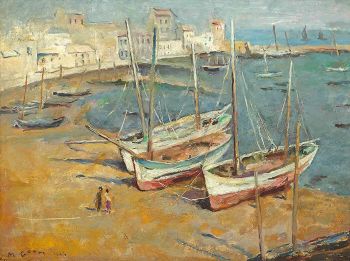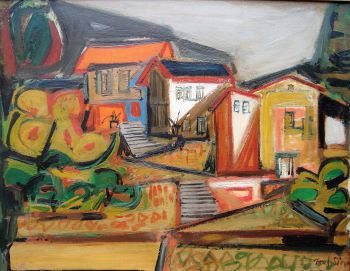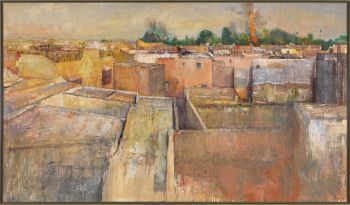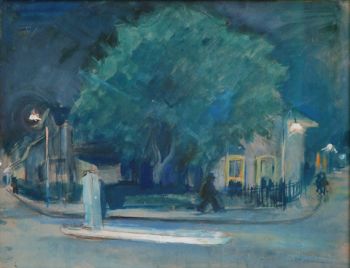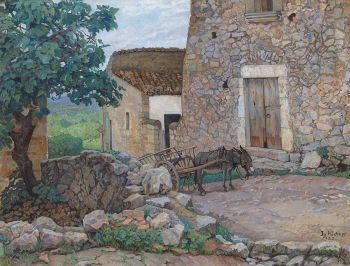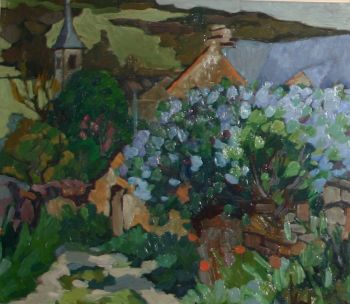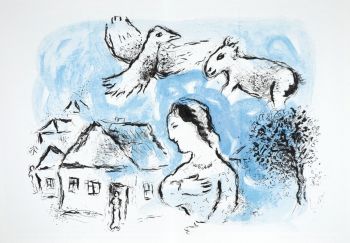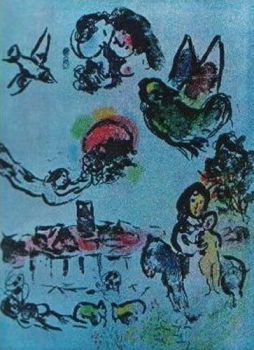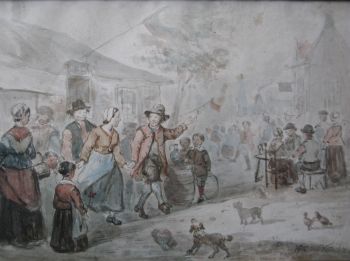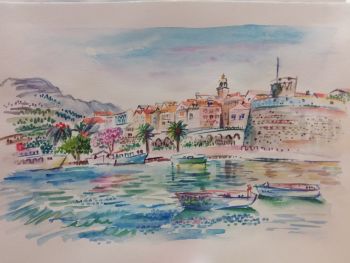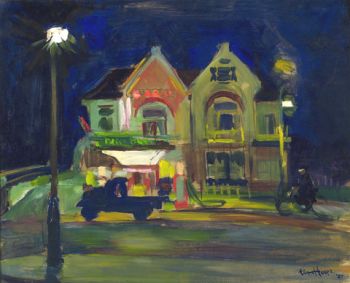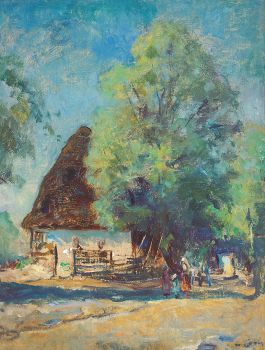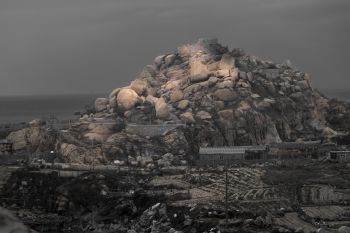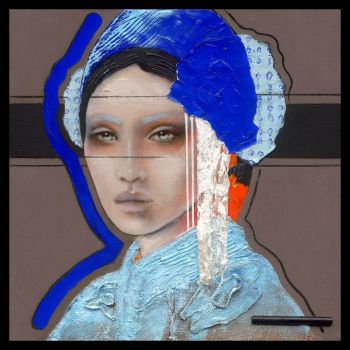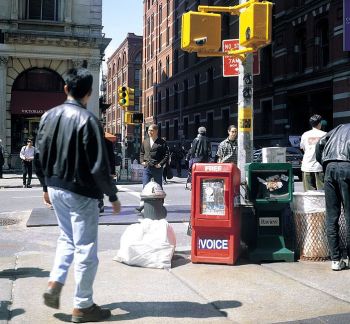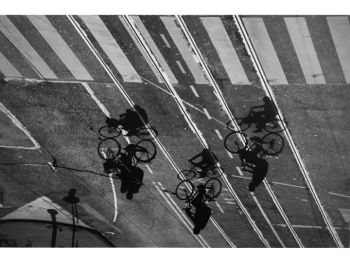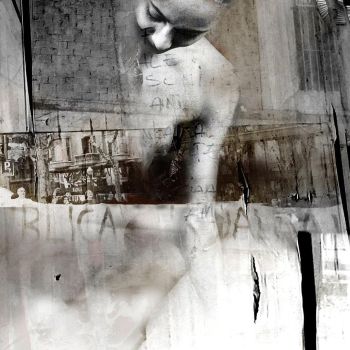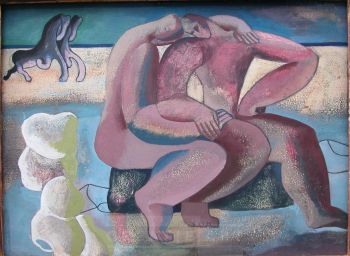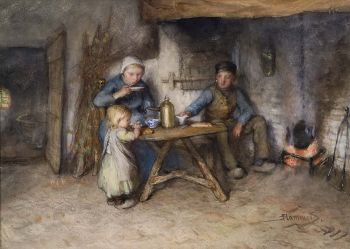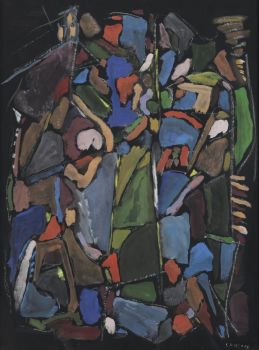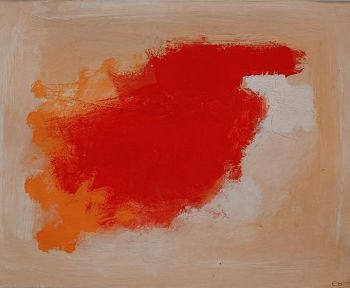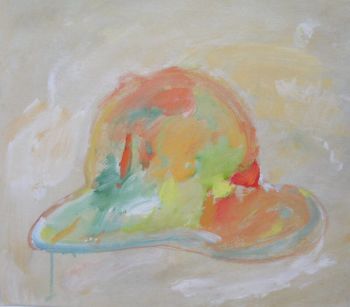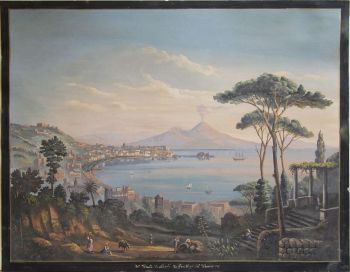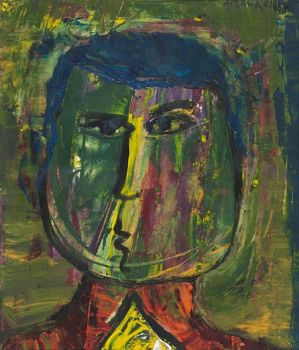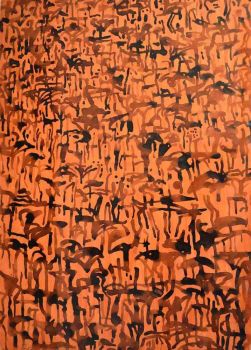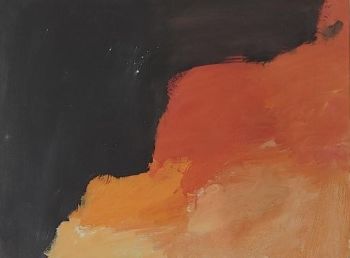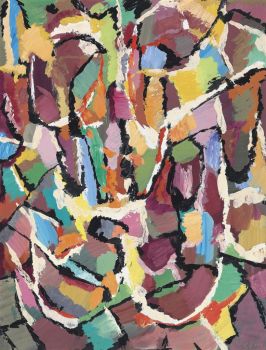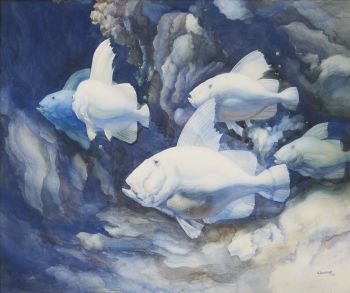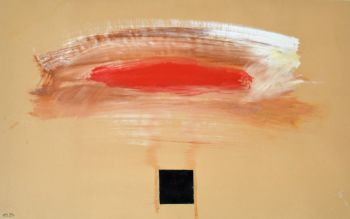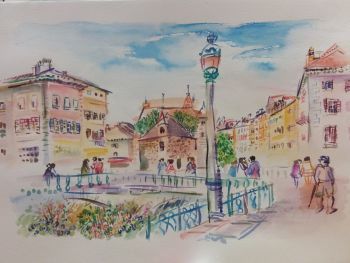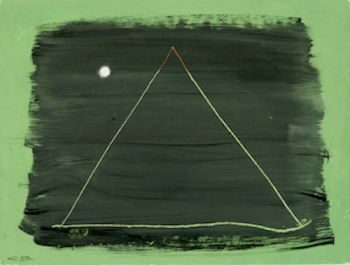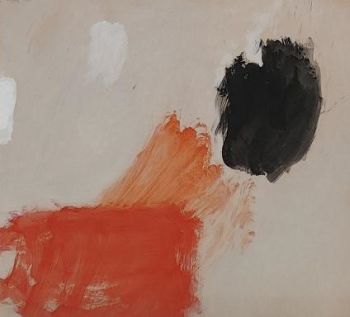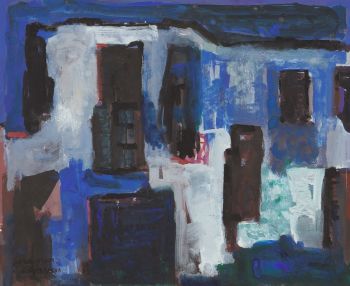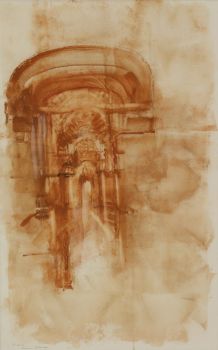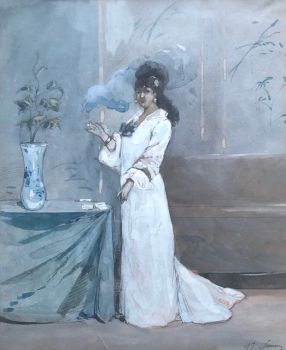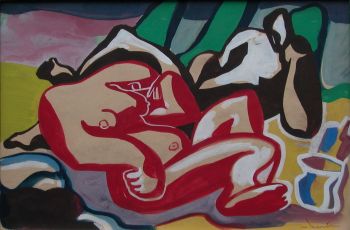Set of 4 framed views of villages near Breda ca. 1778, in coloured gouaches 1778
Dirk (Theodorus) Verrijk
GuachePapelPintar
Atualmente indisponível via Gallerease
- Sobre arteVERRIJK, Dirk.
Het dorp Groot Zundert, van den oliemolen te zien.
With:
2) Het dorp Etten met deszelfs raadhuis.
3) Het dorp De Leur, van den Rietdyk te zien.
4) Het dorp Rysbergen.
[Groot Zundert, Etten, Leur and Rijsbergen (North Brabant)], [ca. 1778?]. Drawings in coloured gouaches on laid paper (31 x 47 cm), showing views of the villages of Groot Zundert, Etten, Leur and Rijsbergen all near Breda. Each drawing in a wide, mahogany-veneered wooden frame (63 x 79 cm; ca. 1820?), under glass, the outer part of the glass lacquered on the underside in black with a thick gold double- line (for Etten a thicker single-line) border around the drawing, and the title in gold lettering below it in an upright bastarda gothic style.
Four lovely large views of four villages, all 8 to 15 km west and southwest of Breda in the Dutch province of North Brabant, near today's Belgian border, drawn from life by the Haarlem painter Dirk Verrijk (1734-1786). Verrijk signed those of Groot Zundert (below right) and Etten (below left), both also "del. ad viv.". All four clearly match in format and style and must have been made as a series.
1) A view of the village of Groot Zundert (now Zundert), looking northeast up the Molenstraat from site of the horse-powered oil mill, with a coach on the hanging shop sign of a coach/wagon maker in the foreground right (with a wagon maker at work before the shed next door), a large corner house in the foreground left and the steeple of a church in the distance. Besides numerous tile-roofed and thatched houses, one can see a well next to a thatch-roofed hitching post(?), numerous people busy with their daily activities and a horse-drawn covered wagon. 2) A view of the town of Etten (now the larger southwest part of Etten-Leur) from the Markt showing the then new town hall (built 1776) with the church tower behind it to the right. In the foreground at the right one can see a splendid step-gabled inn/tavern "De Zwaan" with a swan on its hanging signboard.3) A view of the village of Leur (now the smaller northeast part of Etten-Leur) from the "Rietdijk", apparently looking east from what is now the Korte Brugstraat, with step-gabled houses on either side and a road leading to a drawbridge over a canal in the centre of the view and the 1614 Reformed Church (now the Trouwkerkje) across the canal on the right. People stand talking before several houses.
4) A view of the village of Rijsbergen, probably looking northeast from what is now the Antwerpseweg, with mostly thatched houses, a roofed wooden manger(?), horse-drawn wagons and carriages, and dozens of people before the buildings, several quite elegantly dressed.
The view of Etten has a few small restorations along the edges, but all are otherwise in very good condition. The veneer of the frames shows several small chips and the glass for Etten was replaced at a later date (the others are blown glass) and its gold border and lettering therefore also differ slightly from the other three, but the frames are otherwise in good condition. Four lovely large village views in coloured gouaches, with very detailed scenes and showing the houses and other buildings that are now almost entirely lost.
C. Th. Lohmann, “Het huis ‘De Zwaan’ te Etten”, in: Jaarboek De Oranjeboom XI (1958), pp. 155-162; for Verrijk: A.G. Schulte, Dirk Verrijk 1734-1786: tekeningen en schetsen (1993). - Sobre artistaTheodorus (Dirk) Verrijk nasceu em Haarlem, em 7 de julho de 1734. Era conhecido como pintor, artista monumental, desenhista e copista. Sabemos que ele trabalhou durante os anos de 1760-1770. Por volta de 1761, Dirk era um desenhista viajante independente de imagens topográficas. Ele trabalhou em várias províncias holandesas, Mechelen, Bruxelas, Paris e Áustria. Posteriormente, expandiu sua área de atuação para a pintura de paisagens e decoração de papéis de parede. Embora ele não fosse tão famoso quanto alguns de seus contemporâneos, seus desenhos eram geralmente populares e procurados. Em 1766, Verrijk casou-se com Adriana Zegers, com quem criou um filho. A partir de 1782 vive em Haia junto com Maria Margaretha Hollem. Quando ela faleceu, Verrijk permaneceu morando em Haia até sua própria morte, aos 52 anos de idade.
Artwork details
Categoria
Assuntos]
Material e Técnica
Cor
Related artworks
- 1 - 4 / 24
Dutch School
Chegada de um índio oriental holandês na Baía da Mesa18th century
Preço em pedidoZebregs & Röell - Fine Art - Antiques
1 - 4 / 24Bernardus Johannes Blommers
VADER EN MOEDER MET KIND AAN TAFEL1845 - 1914
Preço em pedidoStudio 2000 Art Gallery
1 - 4 / 24

